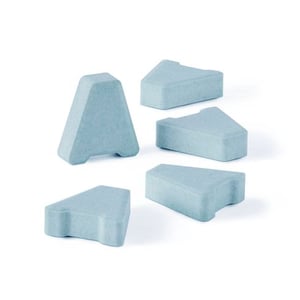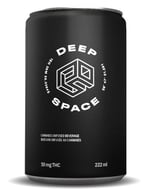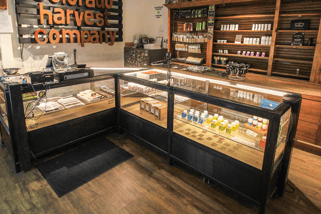When the Canadian adult-use cannabis market opened, the only items legally available to consumers were cannabis flower and oil. Brands popped up backed by well-funded LPs, giving consumers a degree of choice in their cannabis purchase. But to the untrained eye, all cannabis flower looks pretty similar, so creating a concrete brand image was difficult with the Canadian government’s product format and packaging limitations.
Enter Cannabis 2.0. Brands can now sell edibles, concentrates, vapes, and other interesting cannabis products. These products allow brands to define themselves with unique packaging and imagery. Our recent research on Canadian cannabis consumers shows that 35% of consumers don’t know what brand they buy, presenting an enormous opportunity for cannabis brands to stand out and be remembered. Despite legal stipulations and cultural barriers, brands are finding ways to make their mark in the minds of consumers.

No Promotion Appealing to Children
According to the Canadian Government, cannabis companies cannot promote their products “in a manner that there are reasonable grounds to believe [it] could be appealing to young persons.” For the edibles category, this is a tricky regulation to follow since all candy can reasonably be appealing to children. One company getting around this is Aurora. Its Aurora Drift brand has released A-shaped mints called “Peppermint Chillers” or “Spearmint Chillers.” With minty flavors and a distinct non-candy shape, Aurora has made an extended effort to not appeal to young people.
 No Promotion with Characters
No Promotion with Characters
Another legislative hurdle for brands is that they cannot promote products with the “depiction of a person, character or animal, whether real or fictional,” according to the Canadian Government. Canopy Growth originally introduced its Deep Space THC drink with a spaceman on the label, but due to this regulation, the company had to swap the spaceman out for geometric cube.
Hurdles in Dispensaries

Culturally, brands are hitting a wall in retail dispensaries. When a customer visits a dispensary, their budtender can recommend dozens of items in different ways; they can present products by dosage, flavor, or price, and often they just ask how the customer would like to feel. Customer’s will hardly see products presented by brand. Our retail visits show that budtenders do not specifically mention brands, even when they stock their parent company’s products, even in the case of Canopy Growth’s Tokyo Smokes. Although it’s hard to say how widespread this issue is, there seems to be a disconnect between dispensary employees and parent companies, as budtenders may see supporting “big marijuana” companies as serving “the man.”
Overall, the new environment of Cannabis 2.0 presents new regulatory challenges for LPs though there are some early companies implementing unique workarounds. As the Canadian market progresses, we expect to see the larger players hone their brands around specific products and consumer segments. Smaller, private cannabis brands also have the opportunity and luxury of being nimble in their decision-making, allowing them to create products that resonate with specific consumers without being completely influenced by shareholders.
Last Updated: 2/21/20



